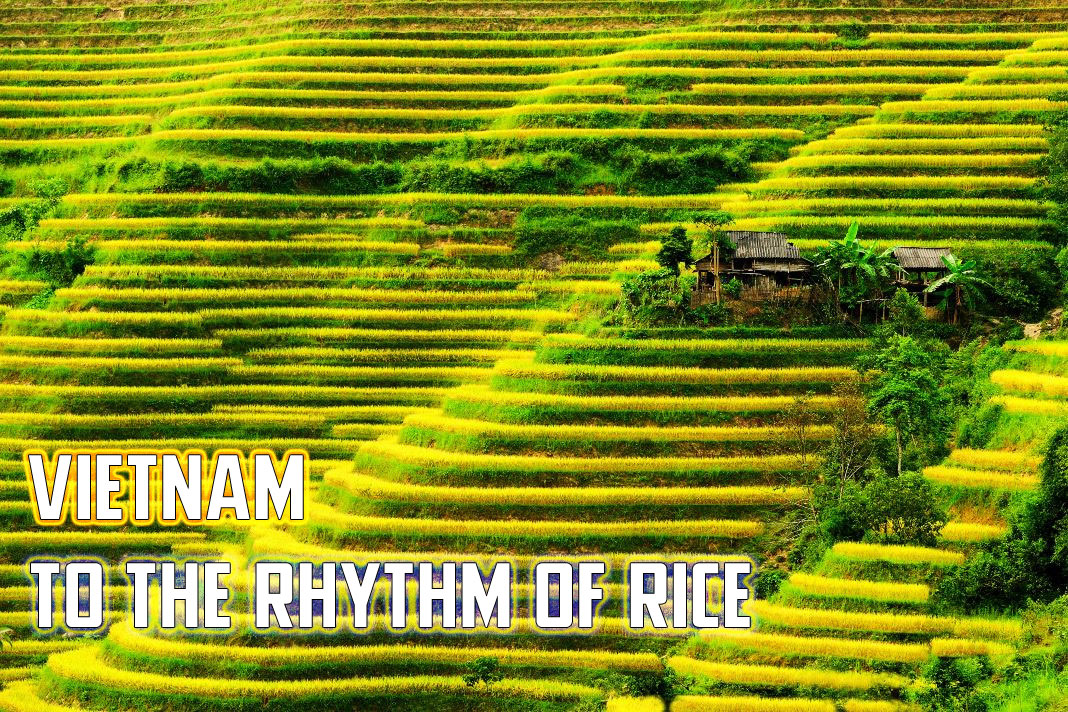
Travel to Vietnam to the rhythm of rice
- on Apr 27, 2024 By: Ngoc Nguyen
A trip to Vietnam during the rice season has been a dream of yours for a long time. But you don't know when are the best times to visit the rice fields?
Vietnam is the perfect setting to experience precious moments and an enchanting stay. For the preparation, here are some tips for a successful trip to Vietnam to the rhythm of rice.
When and where to see the rice fields of the Northern plains of Vietnam?
To admire the rice fields of Northern Vietnam, skip the months of November, December, January, and February, which correspond to the Tonkinese winter. During this period, which follows the October harvest, the rice fields are at rest. They are nothing more than fields of mud where buffaloes wade. The Northern plains of Vietnam offer two rice harvests per year. One in May and another at the end of September/beginning of October. To enjoy the delightful spectacle of the rice fields, consider a trip to the plains of Northern Vietnam starting in March. This marks the beginning of spring and the transplanting of rice, and the rice fields of the plains are adorned with a beautiful blanket of rice, as in the rice-growing valleys of Mai Chau, the fabulous nature reserve of Pu Luong, Nghia Lo, Dien Bien Phu, or the wonderful Bac Son valley, and throughout the Red River delta. On foot or by bike, stroll through the magnificent checkerboard patterns of rice fields and observe the work of Vietnamese farmers. In Halong Bay on land, a UNESCO World Heritage Site, it is in a rowing boat that you can admire all the shades of green and yellow of the flooded rice fields.
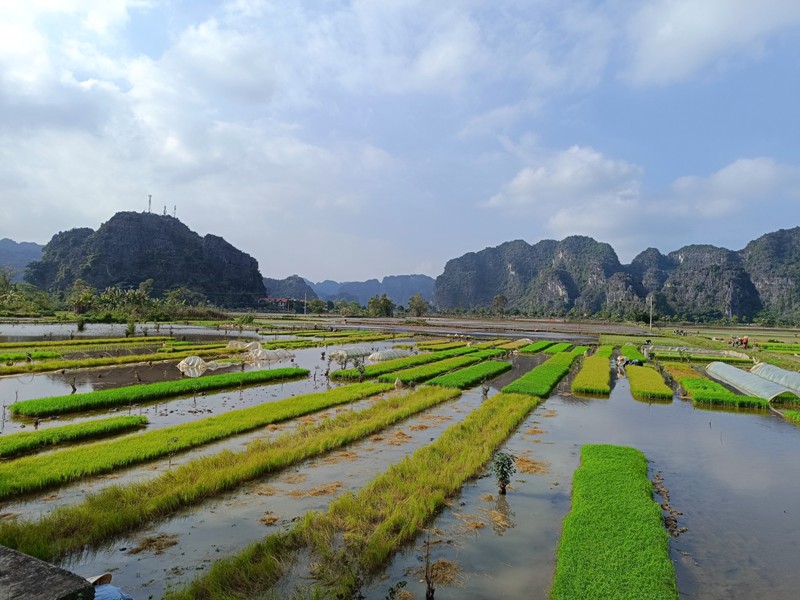
(The rice fields of Ninh Binh in early February - photo: Authentik Vietnam)
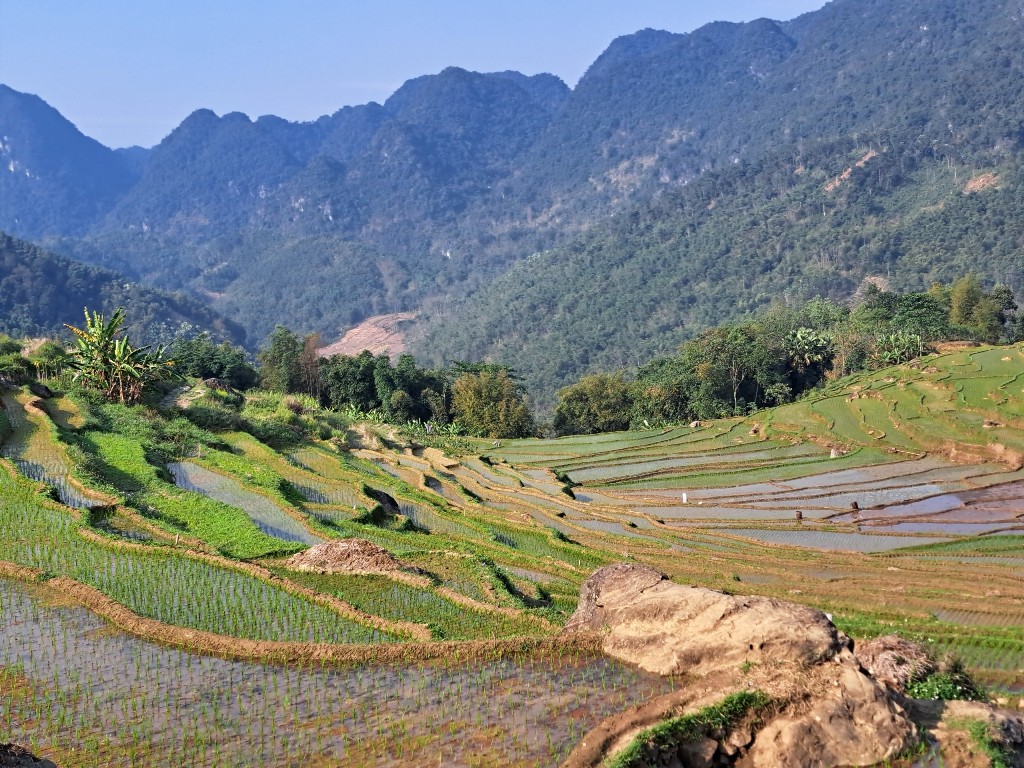
(Pu Luong in February - photo: Authentik Vietnam)
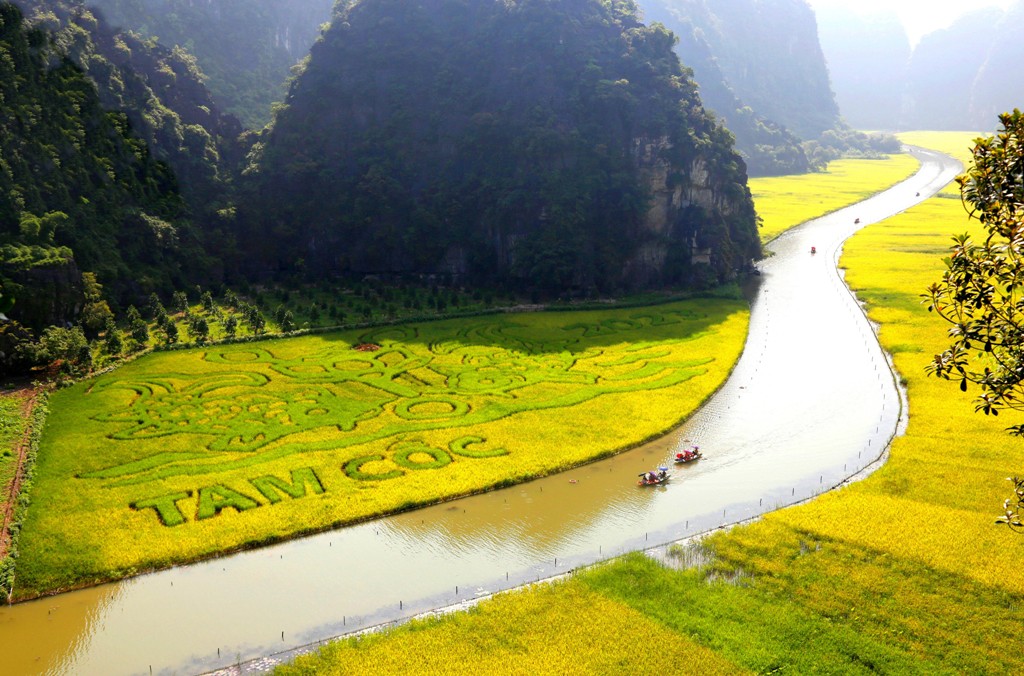
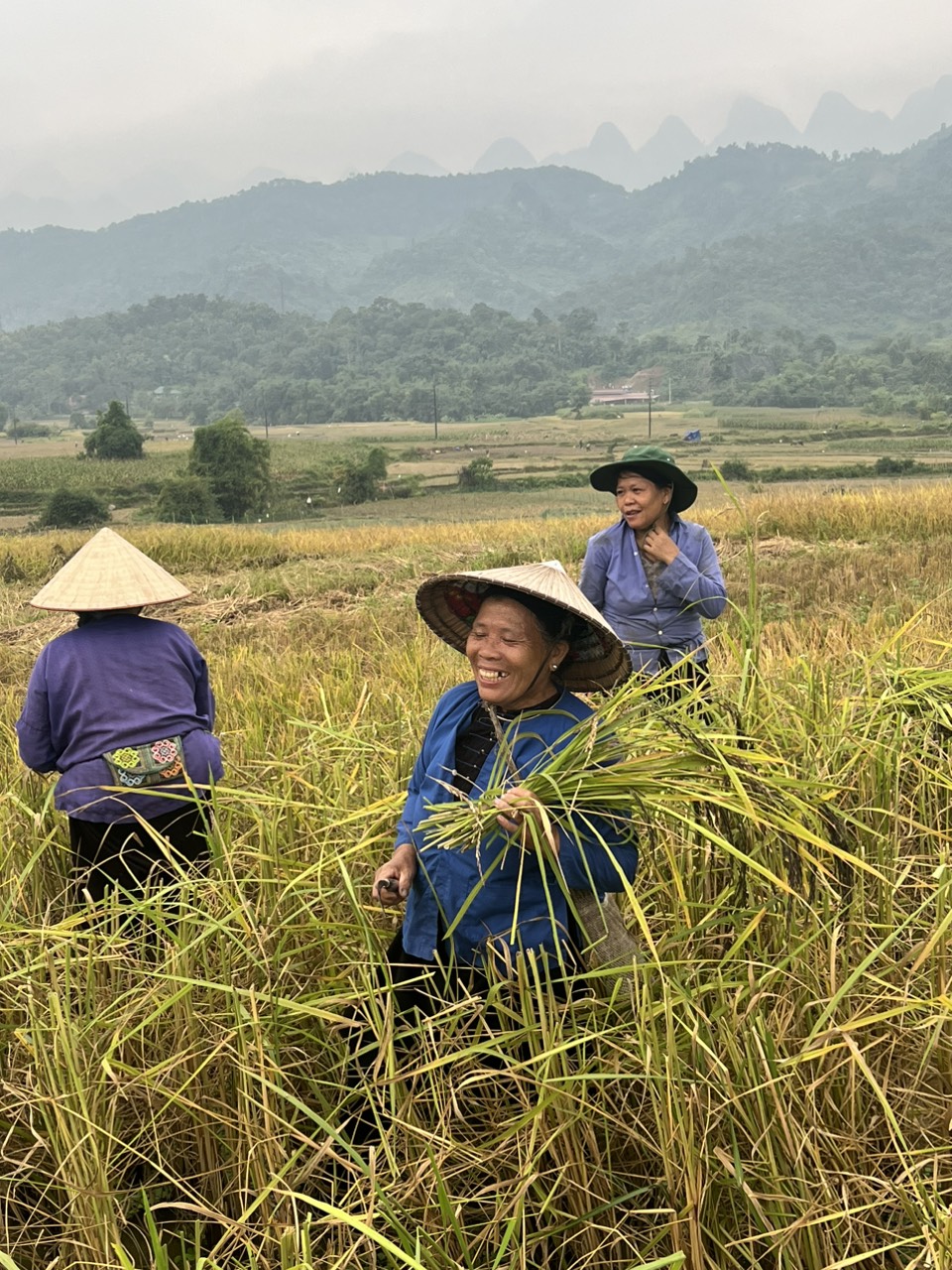
(Harvest season in Nghia Lo - photo: Authentik Vietnam)
When and where to see the rice terraces of Northern Vietnam?
Which traveler has never dreamed of being able to admire the superb rice terraces of Northern Vietnam? Built with the sole power of man's hand, the rice terraces have sculpted the mountains of Northern Vietnam for centuries and have shaped some of the most spectacular landscape sites in the country and even in all of Southeast Asia. The mountainous regions of Northern Vietnam offer only one rice harvest per year. It takes place at the end of September/beginning of October. The most anticipated time of the year for Vietnamese farmers, the harvest sees the rice terraces bustling with activity. Just before the harvest, the rice fields turn a dazzling yellow to the delight of amateur photographers.
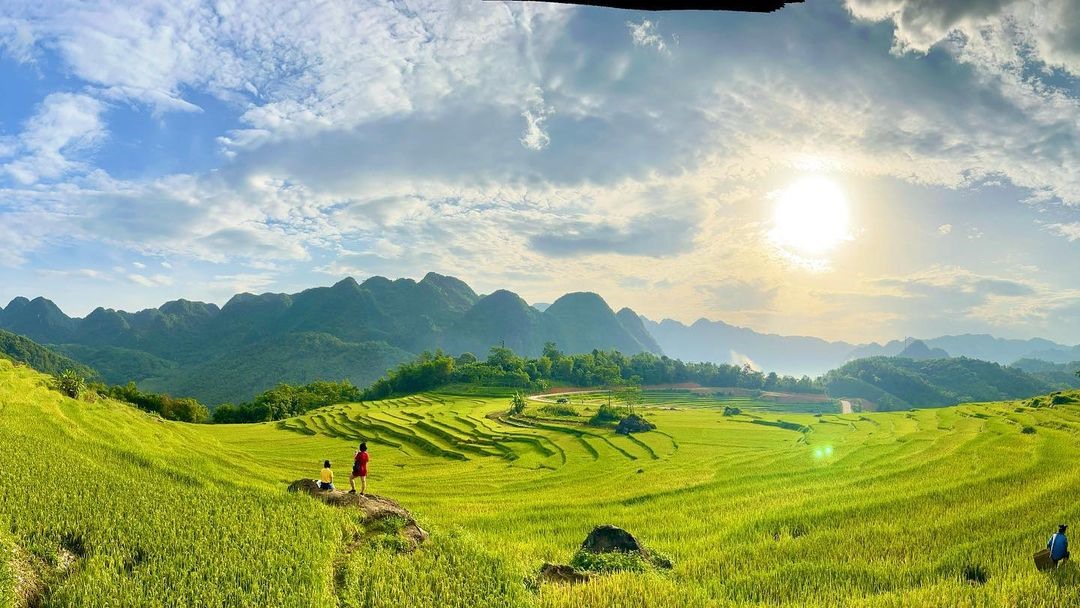
(Rice terraces in Northern Vietnam)
Another time to discover the beauty of the rice terraces of Northern Vietnam is when the rice fields are flooded. It takes place in May, and the rice fields, once flooded, transform into immense mirrors in which the sky is reflected. The spectacle is truly dazzling! Flooded, covered with a soft green coat, a hypnotic green, or sparkling with gold, the rice terraces offer a different enchantment each season. The most beautiful rice terraces in Northern Vietnam are located in Sapa, the best-known destination in Upper Tonkin, but also in Hoang Su Phi, where they are classified as national natural heritage, in Mu Cang Chai, and certain areas of the breathtaking provinces of Ha Giang and Cao Bang. Hiking remains the best way to discover the beauty of the rice terraces by fully immersing yourself in these grandiose natural settings. Please note that in these places full of rice magic, there are many possibilities to stay with locals, just to make your trip to Vietnam even more unforgettable.
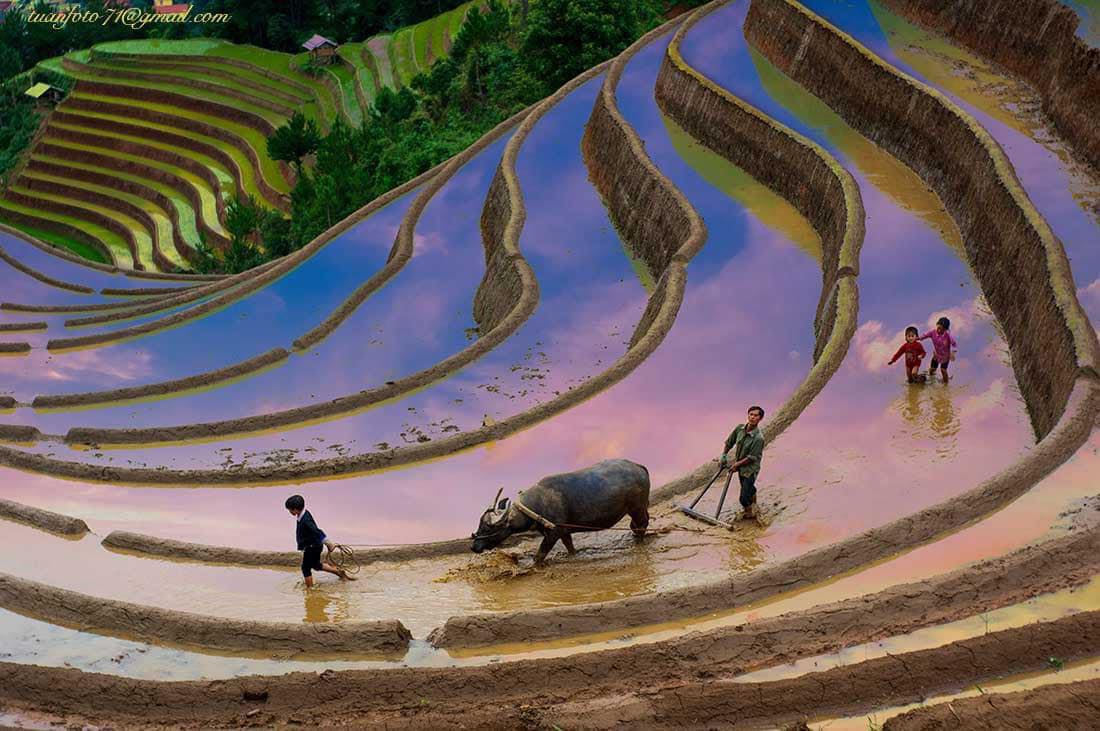
(The flooded rice fields in Mu Cang Chai)
When and where to see the rice fields in Central Vietnam?
The rice season in Central Vietnam is the same as that of the Northern plains. It lasts from March to the end of October and is punctuated by two harvests, one during May and the other at the end of September/beginning of October. In this region with much less pronounced relief than in the North, the rice fields stretch out as far as the eye can see in immense checkerboards. You will have every chance of being able to admire these vast expanses of rice fields in the beautiful countryside of Hue and Hoi An, two essential destinations in Central Vietnam classified as UNESCO heritage sites, or all around the karst mountains of the fabulous National Park of Phong Nha Ke Bang, also classified as a UNESCO heritage site. Here, the rice fields spread out at the foot of powerful limestone massifs, which shelter numerous cavities, including the largest cave in the world, the Son Doong cave.
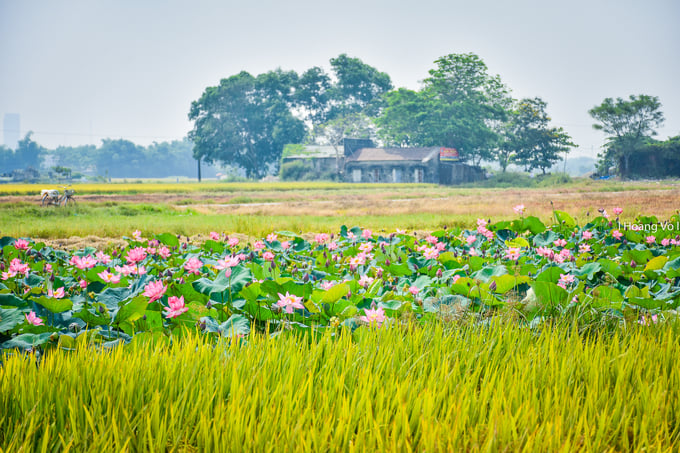
When and where to see the rice fields in the South of Vietnam?
The South of Vietnam is not left out when it comes to rice cultivation. The Mekong Delta, a very fertile region due to the river's alluvium, offers three rice harvests per year. Whatever period you plan to discover this superb area, you will have every chance of being able to admire rice fields stretching to the horizon. Can Tho, a destination known for housing the largest floating markets in the Mekong Delta, is considered to be the rice granary of Southern Vietnam. Stroll through the countryside to take a pleasant dip in nature between rice fields and orchards teeming with tropical fruits. Tra Vinh and Soc Trang, inhabited by a large Khmer community, are a delight for their vast rice-growing. You can climb Sam Mountain, in the Chau Doc countryside, and admire its incredible patchwork of rice fields, which blend into the horizon line from its summit.
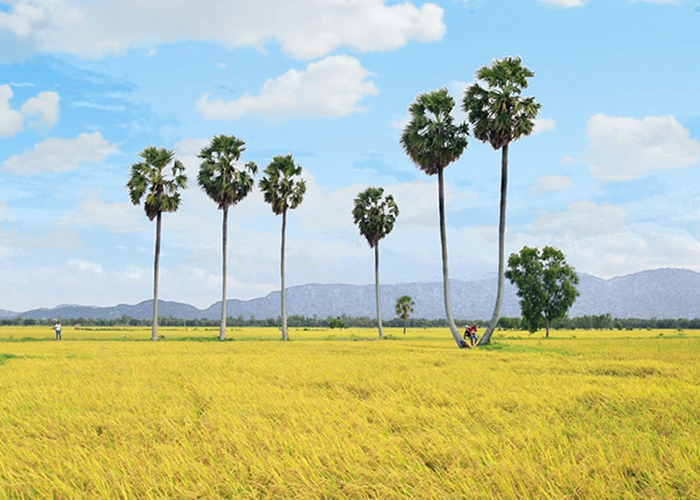
Related articles:
>> Best things to do in Vietnam
>> Tour 3 weeks in Vietnam, an exciting tour of the Dragon
>> Vietnam tour 15 days: What to do? What itinerary ideas do you have?
>> Tour 1 week in Vietnam: Good deals for a 7-day tour in Vietnam
>> Tour in Vietnam in one month: 3 options to absolutely enjoy!
 Español
Español Français
Français







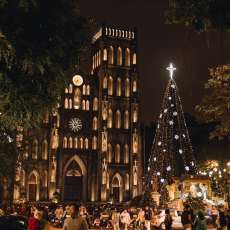
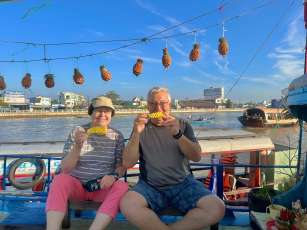
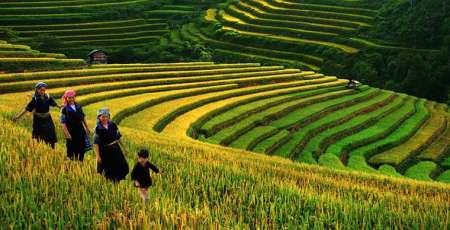
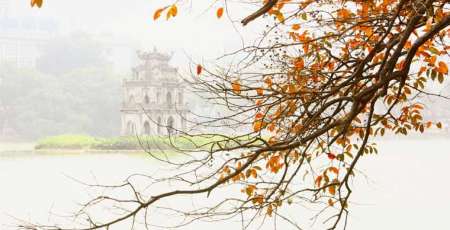
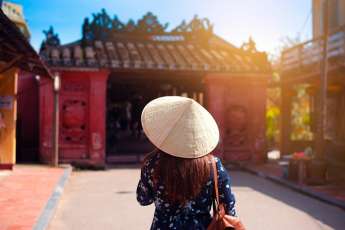
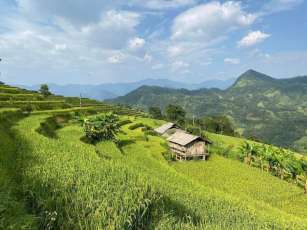







Morgane Ter Cock
on Dec 18, 2025HerbertPhomaMS
on Oct 19, 2025Lilyan Cuttler
on Oct 15, 2025Avenue17XC
on Sep 14, 2025Avenue18JL
on Jul 21, 2025